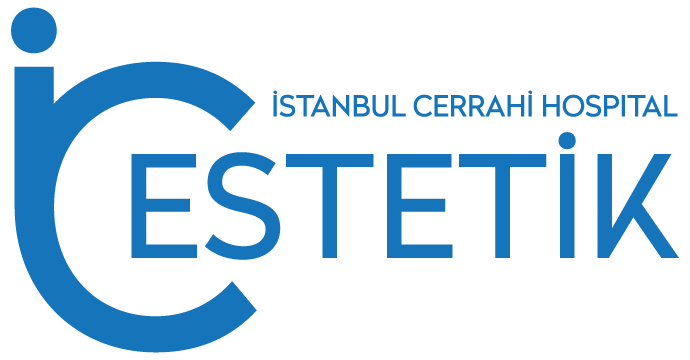Cataract surgery is a medical procedure designed to eliminate the cloudiness that affects the lens of the eye. Typically performed on an outpatient basis, this surgery involves the removal of the natural lens, often replaced with an artificial lens. Understanding the reasons behind cataract surgery, associated risks, and the expected outcomes is crucial for individuals considering this common and generally safe procedure.
Purpose of Cataract Surgery
The primary objective of cataract surgery is to address the visual impairment caused by cataracts. Cataracts result in blurred vision and heightened sensitivity to light. When these symptoms interfere with daily activities or hinder the examination and treatment of other eye conditions, such as age-related macular degeneration or diabetic retinopathy, cataract surgery becomes a recommended course of action.
The decision to undergo cataract surgery is often influenced by several considerations:
- Impact on Daily Life: Assessing whether cataracts affect the ability to work, drive, read, or perform daily tasks.
- Vision-Related Independence: Gauging the impact of vision problems on overall independence.
- Comfort and Functionality: Considering factors like difficulty cooking, shopping, doing yard work, climbing stairs, or taking medications.
- Light Sensitivity: Evaluating if bright lights exacerbate vision difficulties.
Risks and Complications
Cataract surgery is generally low-risk, with complications being uncommon and treatable. Potential risks include swelling, infection, bleeding, drooping eyelid, displacement of the artificial lens, retinal detachment, glaucoma, secondary cataract, and, rarely, loss of vision. Individuals with other eye diseases or serious medical conditions may have a higher risk of complications. Addressing pre-existing eye problems before opting for cataract surgery is advisable.
Preparation for Cataract Surgery
- Food and Medications:
Patients are often advised not to eat or drink 12 hours before surgery. Discontinuing medications that may increase bleeding risk is recommended, and antibiotic eye drops may be prescribed in the days leading up to the procedure.
- Other Precautions:
Arranging for transportation on the day of surgery and assistance at home, as certain activities may be restricted post-surgery, is essential.
What to Expect During the Procedure
A week before surgery, a painless ultrasound test is conducted to determine the size and shape of the eye, aiding in selecting the appropriate intraocular lens (IOL). IOLs, made of plastic, acrylic, or silicone, come in various types, such as fixed-focus monofocal, accommodating-focus monofocal, multifocal, and astigmatism correction.
Cataract surgery itself is typically completed within an hour or less, often as an outpatient procedure. The clouded lens is removed, and the artificial lens is implanted through techniques like phacoemulsification or extracapsular extraction.
Post-Surgery Care and Recovery
After cataract surgery, patients may experience initial blurred vision, itching, and mild discomfort, which gradually improve. Protective measures, such as an eye patch or shield, may be recommended, along with prescribed eye drops or medications to prevent infection and reduce swelling. Complete healing usually occurs within eight weeks, with follow-up appointments scheduled for monitoring.
Results of Cataract Surgery
Cataract surgery typically leads to restored vision for most individuals. While glasses may still be needed occasionally, the procedure effectively enhances visual clarity. Some individuals may develop a secondary cataract known as posterior capsule opacification (PCO). PCO is treatable through a brief outpatient procedure called YAG laser capsulotomy.
Cataract surgery stands as a well-established and effective intervention to address vision impairment caused by cataracts. Individuals considering this procedure should engage in informed discussions with their eye doctors to assess suitability, understand potential risks, and establish realistic expectations. With the majority of patients experiencing improved vision and a return to daily activities post-surgery, cataract surgery has proven transformative for countless individuals seeking visual clarity. However, as with any medical procedure, a careful evaluation of individual circumstances and expert guidance remains essential.

